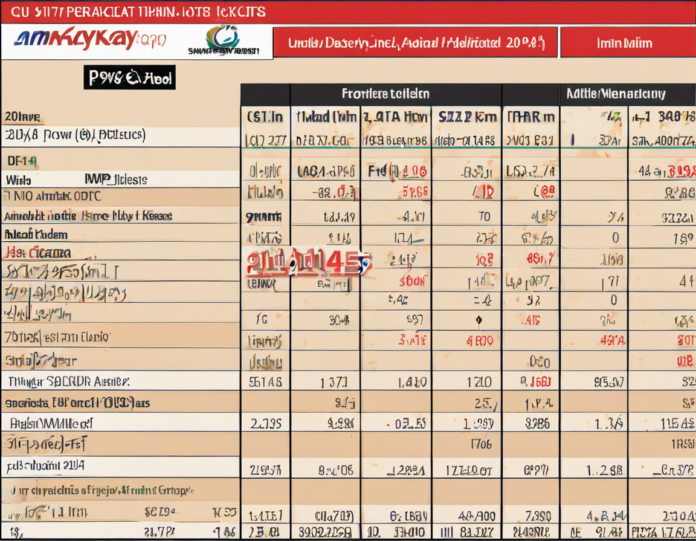Investing in the stock market can be a daunting task, especially for beginners. One of the key aspects of successful investing is understanding how to analyze a company’s stock price movement. In this article, we will dive into how to analyze the share price movement of Amkay Products, a fictional company, to help you better understand the dynamics of the stock market.
Understanding Share Price Movement
What Causes Share Prices to Move?
Several factors can influence the share price of a company. These can include:
-
Earnings Reports: Positive or negative earnings reports can have a significant impact on a company’s stock price. Strong earnings can lead to an increase in share price, while poor earnings might cause a decrease.
-
Market Sentiment: Investor perceptions of a company can also impact its share price. Positive news, such as new product launches or strategic partnerships, can lead to an uptick in share price.
-
Industry Trends: Stock prices of companies within the same industry tend to move in tandem. If there is positive news in a particular sector, it can positively impact all companies within that industry.
-
Market Conditions: Overall market conditions, economic indicators, and geopolitical events can also influence stock prices.
Analyzing Amkay Products’ Share Price Movement
Historical Performance
To analyze Amkay Products’ share price movement, we need to consider its historical performance. By looking at historical stock prices, we can identify trends and patterns that may help predict future movements.
Technical Analysis
Technical analysis involves studying past market data, primarily price and volume, to forecast future stock price movements. Common tools used in technical analysis include:
- Moving Averages: Used to smooth out price data and identify trends.
- Relative Strength Index (RSI): Indicates whether a stock is overbought or oversold.
- Bollinger Bands: Used to identify volatility and potential price breakouts.
Fundamental Analysis
Fundamental analysis involves evaluating a company’s financial health and performance to determine its intrinsic value. Key metrics to consider in fundamental analysis include:
- Earnings Per Share (EPS)
- Price-to-Earnings (P/E) Ratio
- Debt-to-Equity Ratio
- Profit Margins
Interpreting Share Price Movement
Bullish vs. Bearish Trends
- Bullish Trend: Characterized by rising stock prices, indicating a positive market sentiment.
- Bearish Trend: Characterized by falling stock prices, indicating a negative market sentiment.
Trading Strategies
- Buy and Hold: Investing in a company for the long term based on its fundamentals.
- Swing Trading: Capitalizing on short- to medium-term price movements.
- Day Trading: Buying and selling securities within the same trading day.
Frequently Asked Questions (FAQs)
1. How often should I check a company’s share price movement?
It’s essential to track a company’s share price regularly, but the frequency of monitoring can vary based on your investment strategy. Long-term investors may check less frequently than day traders.
2. What role does investor sentiment play in share price movement?
Investor sentiment can heavily influence share price movement. Positive sentiment can lead to buying pressure and higher prices, while negative sentiment can result in selling pressure and lower prices.
3. How can I differentiate between short-term fluctuations and long-term trends in share price movement?
Short-term fluctuations are often noise in the market and may not reflect the company’s underlying value. Long-term trends are more indicative of the company’s performance and prospects.
4. Can share price movements be predicted accurately?
While various tools and analyses can help forecast stock price movements, predicting them accurately is challenging due to the unpredictable nature of the stock market.
5. How does news and events impact a company’s share price movement?
News and events, such as earnings reports, product launches, or regulatory changes, can have a significant impact on a company’s share price. Positive news generally leads to increased prices, while negative news can result in a decrease.
Understanding share price movements is a crucial aspect of successful investing. By analyzing factors such as historical performance, technical and fundamental analysis, and interpreting trends, investors can make informed decisions to maximize their investment returns. Remember that the stock market is inherently volatile, and it’s essential to conduct thorough research and seek professional advice before making any investment decisions.









